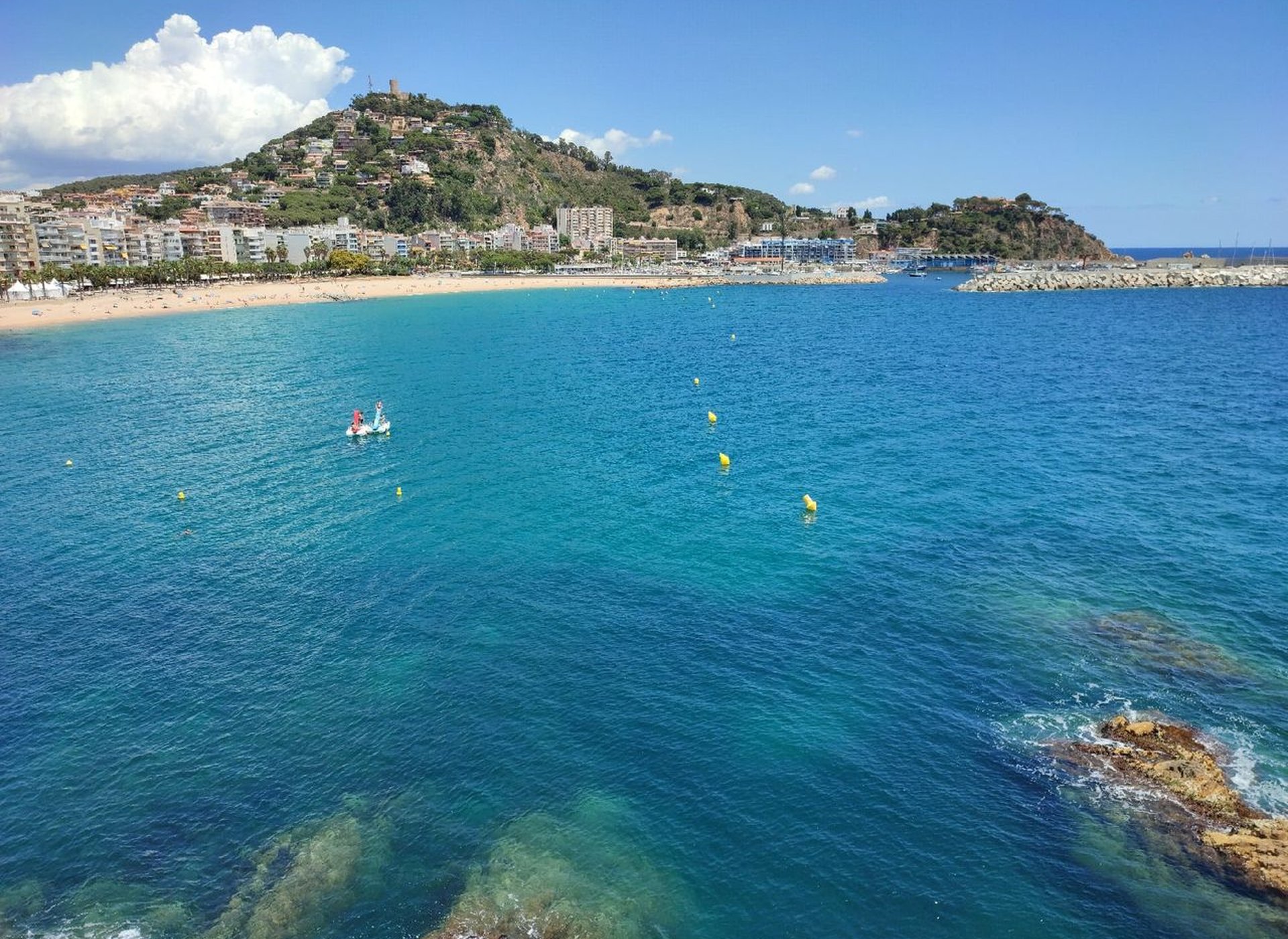
Blanes: an Open-Air natural museum on the Costa Brava
The city is located in the Catalan province of Girona, on the shores of the Mediterranean Sea. It is often referred to as the …

Discover Mataró, the largest resort city on the Costa del Maresme coast. Learn about its rich history, Roman archaeological finds, textile industry, and modern development. An ideal travel destination, just 30 km from Barcelona, with excellent transport accessibility and one of the most important seaports in Catalonia.
Mataró (Catalan: Mataró) is the administrative center and the largest resort city of the Maresme comarca, located in the province of Barcelona, Catalonia, Spain.
The city is situated on the Costa del Maresme coast, south of the Costa Brava, 30 kilometers northeast of Barcelona.
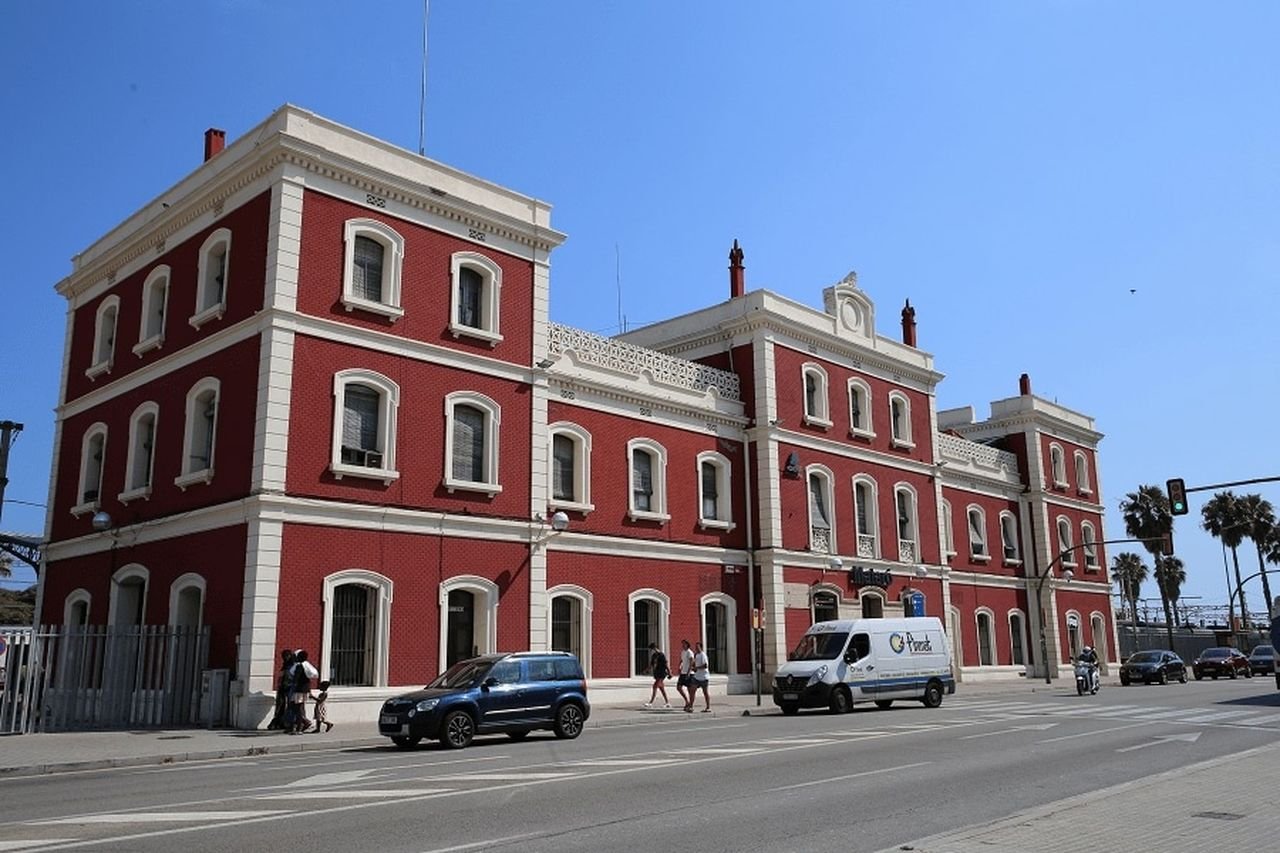
Historical Background
The origins of the city of Mataró trace back to the Roman settlement of Iluro (from the Iberian Ilduro or Latin Iluro). Numerous Roman-era archaeological finds have been discovered in this area, particularly in the old part of the city, where the foundations of Roman houses and a Roman bath (Torre Llauder) dating back to the 1st century BC have been preserved in the Pla d’en Boet area.
It has been established that the oldest Roman road connected the settlements of Iluro and Ausa (Ausa). Its construction began between 120 and 110 BC.

In 1480, King Ferdinand (Ferran el Catòlic) granted the city the privilege of joining the kingdom, leading to the final formation of the municipality of Mataró.
In the 16th century, Mataró was a small town built around the Church of Santa Maria (l’església de Santa Maria) and the Plaça Gran (la Plaça Gran), surrounded by a wall.
Economic and demographic growth necessitated and enabled the construction of a second wall, incorporating new territories into the city.
The walls of Mataró, built from 1569 to 1600 according to the design of the royal engineer Jorge de Setara, have been partially preserved to this day. They can be seen in the areas of Carrer Muralla dels Genovesos (recently restored), Carrer Muralla D’en Titus, and Camí Ral. On Carrer Hospital, in the courtyard of a private building, remnants of a tower have been preserved.
In 1742, during the War of Austrian Succession, the city was destroyed.

The industrialization of Mataró began in 1839 with the installation of the first steam engine to power a textile factory. From that moment, the textile industry became a key element of economic activity.
The capital of Maresme experienced significant industrial growth, attracting many immigrants. This was especially evident in the 1960s and 1970s when thousands of immigrants from Murcia, Andalusia, and Extremadura settled on the outskirts of Mataró, creating the neighborhoods of Cerdanyola, Cirera, Rocafonda, and la Llàntia. These areas were far from the city center, and the immigrants did not have sufficient means to settle closer to the center.
In these new neighborhoods, the crime rate was high, as the Mataró city council did not pay adequate attention to them, and their residents were in extremely precarious economic conditions.
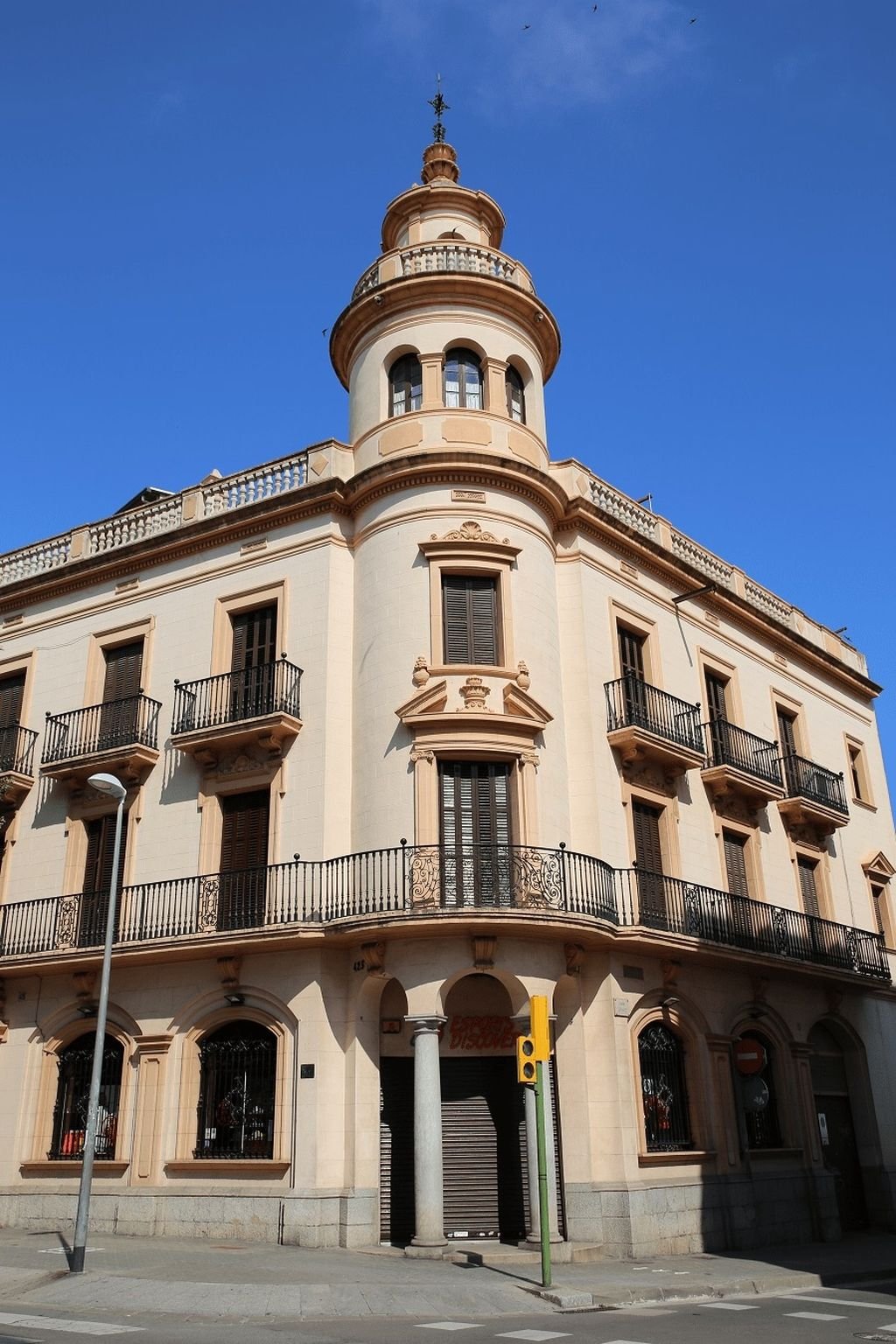
Later, associations were created to improve the housing conditions of the poor population.
With the restoration of democracy and Spain's transition to a parliamentary democracy after the dictatorship of Francisco Franco, it became possible to improve urban infrastructure and connectivity between different neighborhoods. In 1977, a plan was approved, and revised in 1993, to integrate the peripheral areas with the city center.
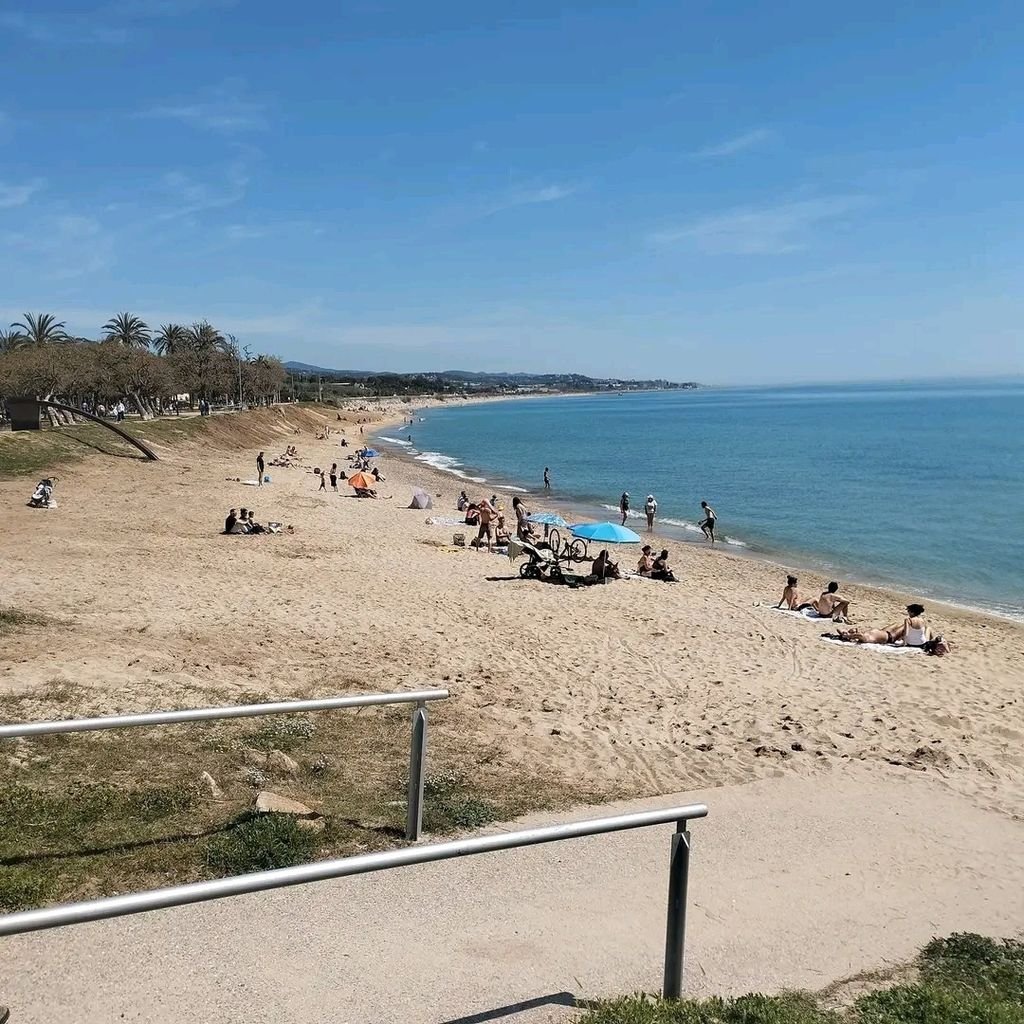
During the 1992 Summer Olympics in Barcelona, Mataró served as the starting point for the marathon competitions.

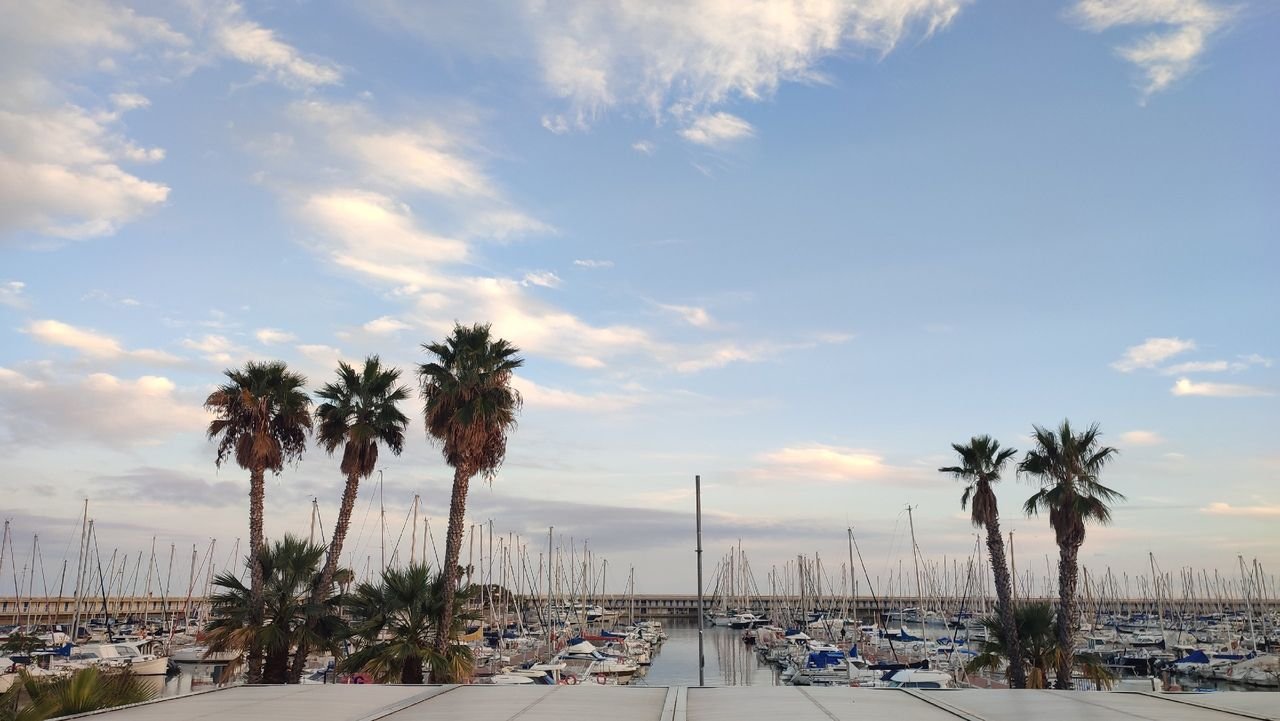

The city is located in the Catalan province of Girona, on the shores of the Mediterranean Sea. It is often referred to as the …

The marina is like a whole city, including hotels, restaurants, shops, banks, medical services, and even an airport for light aircraft.

L'Estartit - one of the best places on the Costa Brava, nestled between the mouth of the Ter River and the Montgrí Mountains.